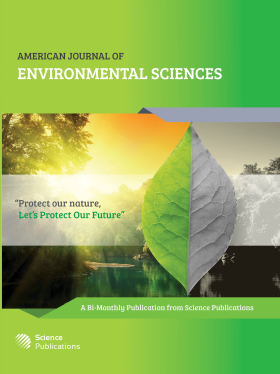An Assessment of Mirex Concentrations along the Southern Shorelines of the Great Lakes, USA
Abstract
Mirex is a persistent and toxic polychlorinated pesticide that has compromised environmental quality in the Great Lakes region since the 1960s. As a bioaccumulative and carcinogenic compound, mirex at its current levels in Lake Ontario is a concern because of the potential for trophic level transfer and biomagnification in top predators. As a part of the NOAA’s National Status and Trends Program (NS&T), zebra mussels and surficial sediments were surveyed throughout the Great Lakes since 1992 to monitor a broad suite of contaminants, including mirex. The non-parametric Wilcoxon test revealed that Lake Ontario consistently had the highest mirex concentrations (p < 0.0054) followed by Lake Erie while Lakes Huron and Michigan had the lowest concentrations. Current concentrations of mirex at Lake Ontario sites are at or above the NS&T benchmark of 85th percentile (2.33 ng g-1 dry weights) determined among all sites in the Great Lakes. The Spearman correlation statistic revealed an overall decreasing trend in tissue concentration, but this decline is only significant in Lake Ontario (p< 0.02) over the monitoring period 1992-2004. Photodegradation, volatilization, fishing and loss via the St Lawrence River are discussed as mechanisms resulting in the mirex decline.
DOI: https://doi.org/10.3844/ajessp.2006.95.103

- 5,427 Views
- 5,009 Downloads
- 17 Citations
Download
Keywords
- Mirex
- mussel watch
- contamination
- persistent chemicals
- zebra mussels
- bioaccumulation
- biomagnification
- ecotoxicity
